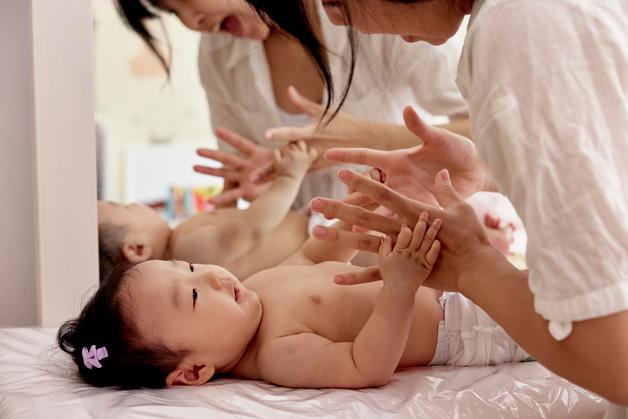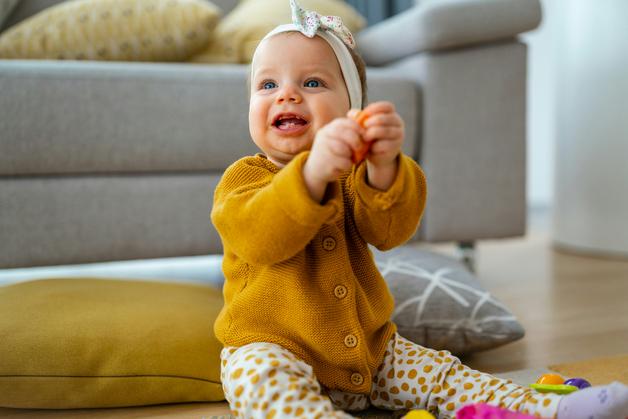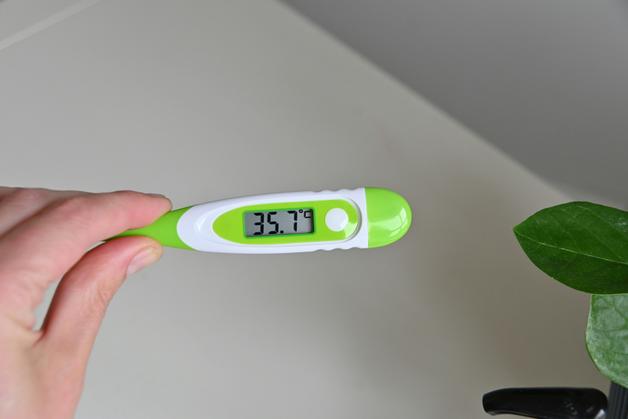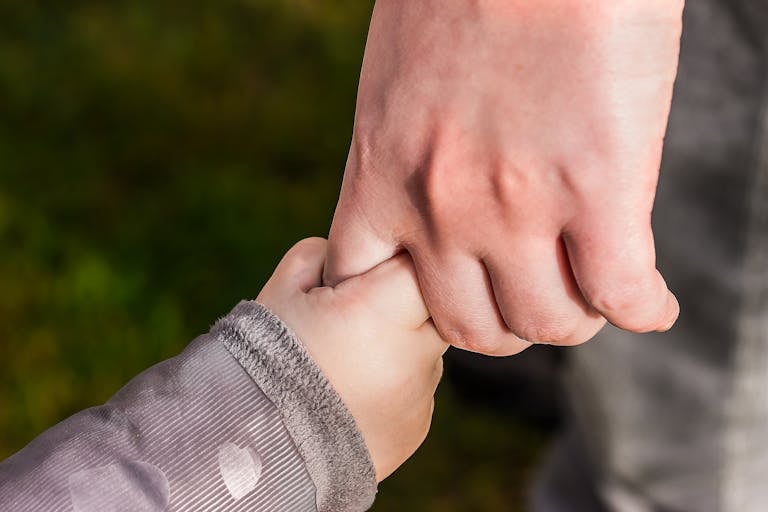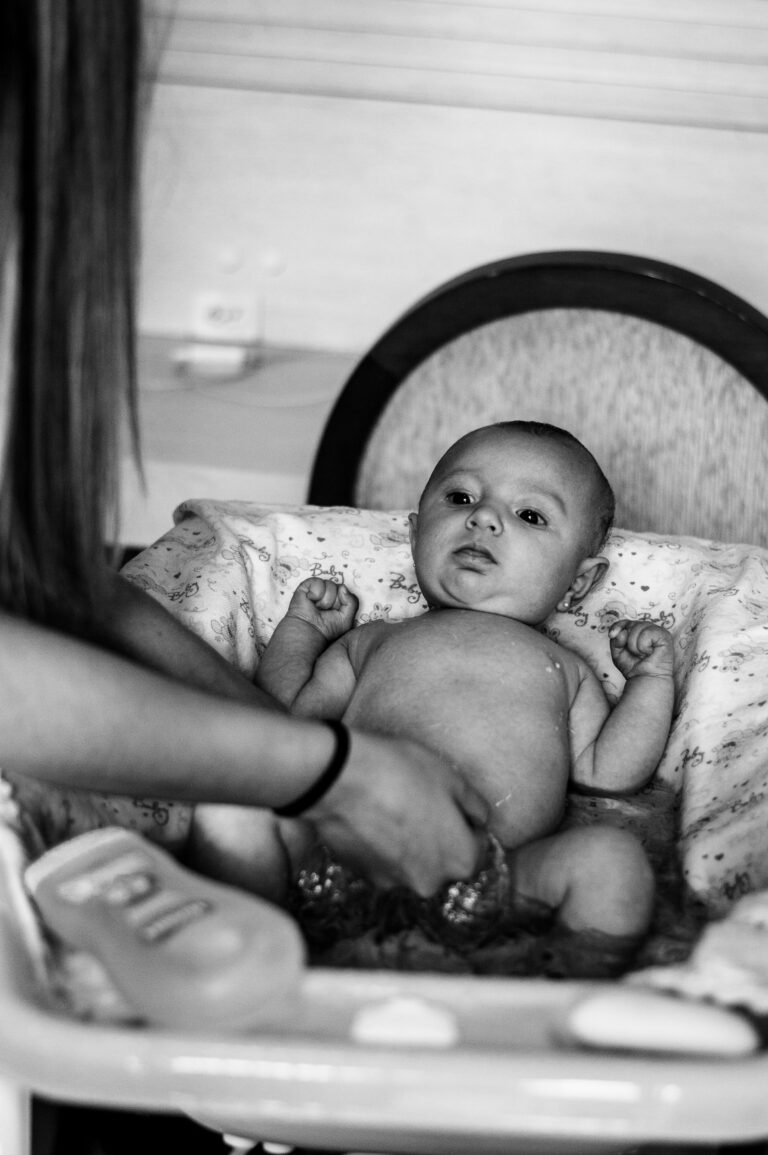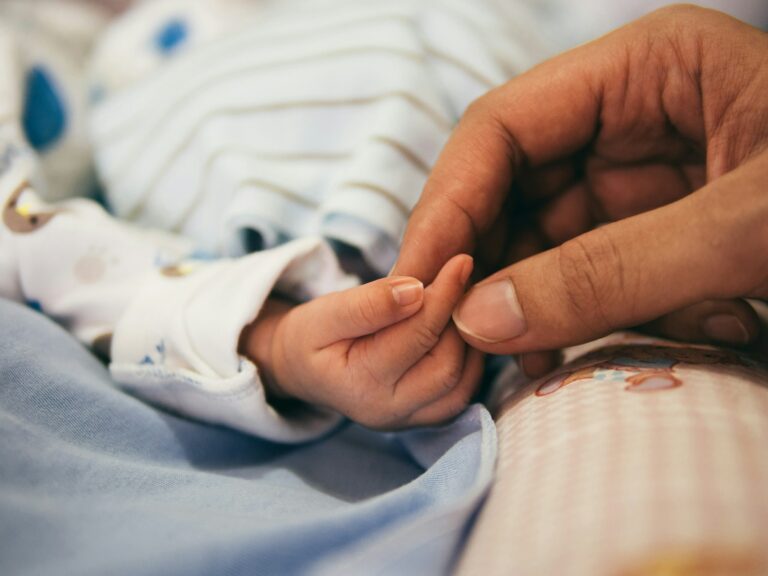Sometimes, as parents, the longing to break through the silence can feel urgent. You see your baby reaching, crying, wriggling—needing something, yet what, exactly? Here comes baby sign language with its promise of clarity, calm, and connection when speech remains elusive. Many parents harbor doubts: Will gesturing confuse my child? Is it just a trend, or does solid science support these early signals? And what if my baby doesn’t respond, or I do it “wrong”? These questions are natural, woven from nights spent trying to decode those early needs. Baby sign language opens a window—allowing parents to understand, to be understood, and to give their child tools for self-expression before words fully bloom. Expect a panorama: practical strategies, evidence-based insight, honest discussion of controversy, and a roadmap for integrating this gentle method into the real chaos of family life.
Understanding Baby Sign Language: Signals Across the Silence
Before spoken words, communication can feel like rough guesswork. Enter baby sign language—a flexible, family-based adaptation of formal sign systems like American Sign Language (ASL), British Sign Language (BSL), or others, shaped into a handful of intuitive gestures designed for preverbal children. Not a replacement for speech but a stepping-stone, baby sign language draws upon a baby’s early capacity for imitation, muscle memory, and visual recognition. Words and signs go hand in hand, each reinforcing the other, lighting the pathway toward spoken language.
Why does this work? The answers lie in neurodevelopment: infants’ motor pathways mature earlier than their sophisticated speech centers. Reaching, clapping, waving—these movements come first. Layer in clear, repeated gestures for daily needs (“milk,” “eat,” “more”) and you create a framework where infants can participate in two-way exchanges before uttering their first word. Far from impeding speech, research highlights that signing may accelerate the link between concept, gesture, and the spoken word.
The Wide-Ranging Benefits: Communication, Emotional Insight, Less Frustration
Is it merely about understanding a hungry cry sooner? Not at all. Neuroscientific studies show a surge of activity in the temporal and parietal lobes when babies both see and use meaningful gestures—areas foundational for later language processing. Implementing baby sign language means bringing abstract needs and even emotions into the light. Imagine your infant signing “sleep” instead of fighting bedtime with tears, or showing “pain” so you can act proactively. Families often report:
- Reduced tantrums and miscommunications.
- Quicker transition from gestures to spoken language (without delaying speech milestones).
- Enhanced parent-child bonding, thanks to interactive routines and shared understanding.
What about emotional growth? By introducing signs for feelings like “happy” or “afraid,” baby sign language helps develop emotional literacy—a foundation for resilience and empathy later on. Children gain not just a tool for needs, but a bridge to self-awareness, which, as pediatric psychologists highlight, may buffer stress responses and nurture healthy attachment.
Myths, Doubts, and the Science: What Should Parents Believe?
A common fear circulates: Will signing delay my child’s speech? Meta-analyses and consensus among speech and language therapists dispel this worry. The auditory pathway—the neural circuit responsible for interpreting and producing speech—remains highly active when babies see a gesture paired with a spoken word. Rather than creating competition, baby sign language promotes synchrony between gesture, word, and meaning. Some children might prefer gestures for a short while, especially if speech feels challenging, but the natural trajectory always pulls toward verbal expression as motor speech mechanisms mature.
Is there a permanent cognitive “boost”? Here, scientific caution is warranted. While certain studies suggest minor advancements in early language and social-emotional milestones, baby sign language does not confer lasting increases in IQ. It simply offers a communication shortcut during a window of preverbal development—supporting self-esteem, connection, and comprehension.
Another misconception: All signs must perfectly match those in a formal sign language. Not so. Family-invented gestures are just as effective if used consistently; what matters is shared meaning, not prescriptive form. Misunderstandings or minor “mistakes” in gesturing often resolve naturally as repetition and context build clarity.
When and How to Start: Watching for Baby’s Own Signals
Is there one perfect moment to begin? Pediatricians recommend observing readiness cues: attentive gazes, intentional imitative movements (like high-fives or clapping), and consistent interest in adult gestures, typically between six and eight months of age. Some families start displaying signs earlier, but active use often emerges closer to eight to twelve months—a wide, normal range. Patience matters. Initial signs might be creative adaptations—tiny fists instead of open hands, for example—reflecting each baby’s unique development.
Small, repetitive steps yield the strongest foundation:
- Model Key Signs Consistently: Always couple each sign with its spoken word. “Milk,” with a gentle squeezing gesture, at every feed. “Sleep,” paired with a mimed pillow, at bedtime. Repetition roots the gesture in meaning.
- Prioritize Daily Routines: Mealtime, bath, play, books—these repetitive moments offer endless practice. Consistency across caregivers is vital; confusion arises only when different gestures compete for the same meaning.
- Encourage Participation, Not Perfection: Respond warmly to attempts, whether accurate or not. Clinical research affirms that encouragement, not perfectionism, is associated with more rapid and joyful uptake.
- Involve the Whole Family: Siblings, grandparents, caregivers—shared signs foster shared success.
Essential Signs and Customization: Making It Work for Your Family
Which signs are foundational? Draw from common routines and urgent needs:
- Milk
- More
- All done
- Eat
- Drink
- Sleep
- Mom/Dad
- Help
- Play
- Yes/No
But don’t limit yourself. Infants are remarkable at tailoring communication to their preferences. Some will sign “more” for favorite books, others “eat” at the mere sight of a high chair. Cultural heritage matters too: if your family draws from a particular sign language tradition, integrating those signs can deepen intergenerational bonds.
And what about facial expressions, an often-overlooked cornerstone? Babies, as developmental linguistics research demonstrates, are highly sensitive to facial emotion paired with gesture—this dual-channel approach strengthens understanding exponentially.
Emotional and Social Growth: Signs Beyond the Practical
Baby sign language doesn’t just deliver smoother feedings or easier bedtime transitions. Introducing signs for emotions such as “happy,” “afraid,” “calm,” or “angry” gently encourages children to recognize and identify inner feelings, a process known as affective labeling. Teaching these concepts early, through gesture and mirroring, builds emotional resilience and empathy. This is not just anecdotal; longitudinal studies connect early self-expression with better later-school adjustment.
Everyday play—finger games, picture books, songs—offers playful context for practicing these signs. Celebrate experimentation; sometimes a tiny, imperfect attempt leads to a burst of understanding and joy, both for child and parent.
Progress, Plateaus, and the Flexible Rhythm of Development
No two children follow identical timelines. Some race ahead with a dozen signs in weeks, others linger, observing and absorbing. What matters is individual tempo. If progress stalls or confusion mounts, consider environmental factors: Are all caregivers consistent? Are signs paired regularly with clear speech? International pediatric guidelines encourage families to check in with a speech-language therapist or pediatrician if communication concerns persist beyond expected windows, but most delays resolve naturally as routines and exposure accumulate.
As spoken language emerges, many children drop signs voluntarily and move toward speech—an anticipated development. Still, the early gain in shared communication remains, echoing in smoother transitions and stronger attachment.
Everyday Implementation: Keeping Baby Sign Language Fun and Sustainable
Ease baby sign language into life’s routines, letting daily repetition do the heavy lifting. Bath time, mealtime, playdates, quiet reading—every context becomes fertile ground. There’s no need for textbook perfection; what matters is engagement. Babies are inventive, often modifying signs to suit their evolving motor skills. This diversity is not an obstacle—a common misgiving—but evidence of active problem-solving.
Harness eye contact, tone of voice, and facial expressiveness—all essential supports identified in developmental psycho-linguistic research. Maintain a lighthearted approach. Pressure, whether from oneself or external expectations, can turn what should be a tool for joy into a source of anxiety.
Key Takeaways
- Baby sign language offers families a practical, evidence-supported way to communicate with babies before spoken words, reducing frustration and enhancing parent-child bonds.
- Begin introducing simple, relevant signs—paired with speech—around six to eight months, but let your baby’s readiness guide you.
- Choose signs for daily routines, involve all caregivers, and embrace creative, imperfect attempts.
- Scientific studies confirm that baby sign language supports—rather than delays—spoken language development, and fosters emotional literacy, though it isn’t linked to lasting increases in intelligence.
- Questions or concerns about your child’s progress are valid; health professionals and specialist support are available to individualize advice.
- For customized guidance and free child health questionnaires, discover the Heloa app. Resources, community, peace of mind—all at your fingertips.
By integrating baby sign language into daily routines, you open fresh avenues for your baby to be seen, heard, and truly known—laying down strong roots for resilient, confident communication in the years to come.
Questions Parents Ask
What resources can help parents learn and use baby sign language?
There are a variety of tools available to support families in learning baby sign language. Visual aids like charts, books, and printable PDFs can be especially useful for introducing and practicing signs. Many parents benefit from short videos that demonstrate gestures step by step, making it easier to replicate at home. Online communities—such as forums or groups on social networks—provide a welcoming space to exchange tips and celebrate progress. You might find comfort in knowing you’re not alone: plenty of parents share their experiences, challenges, and small victories, helping each other create a joyful learning experience.
What are some practical tips to introduce baby sign language to a baby?
The key is to start slowly and focus on a handful of signs that are relevant to your baby’s daily life, such as “milk,” “more,” or “all done.” Consistency matters, so try to use the sign each time you say the word during routines—over time, this repetition links meaning to gesture. Patience is essential, as every child learns at their own pace. Encourage every attempt your little one makes, even if the sign isn’t quite perfect. Sharing the teaching with other caregivers promotes smoother learning and less confusion for your baby. Remember, gentle encouragement often brings the most rewarding results.
At what age should parents introduce baby sign language?
Baby sign language can usually be introduced between 6 and 9 months, but this range is not rigid. Some babies may show readiness earlier or later. Signs of interest include focused eye contact, imitating simple hand movements like waving, or responding with gestures to songs and routines. If your child seems curious or eager to participate, it’s a great moment to begin—even if words are still far away. There’s really no pressure to meet a specific timeline; what matters most is respecting your child’s unique rhythm.
